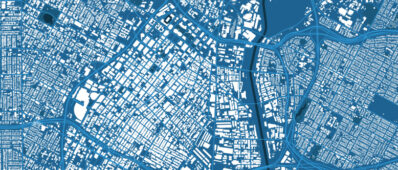Abstract
This dissertation introduces a novel model intended for integration within an Agent-Based Model (ABM) framework to dynamically estimate and predict workers’ commuting behaviors under various policy scenarios. The model is designed to aid policy-making by providing insight into commuting patterns and their potential responsiveness to policy interventions. In particular, the focus is on changes in Working from Home behavior due to the COVID-19 pandemic. The methodology encompasses a three-step process, starting with the identification of worker commuting preference classes. Employing an unconditional latent class analysis model, the study categorizes workers into distinct groups based on their telecommuting preferences and behaviors. This classification is foundational for understanding diverse work-related travel patterns. The second step is predicting class membership. Post-classification, the study considers demographic features to determine their impact on class membership. This analysis is critical for predicting shifts in commuting behavior in relation to demographic changes. Third, estimating commuter type within each commuter type class: This concluding step uses logistic regression to estimate the likelihood of an individual being a commuter, a hybrid commuter, or a telecommuter, with adaptability to policy changes for exploring varied outcomes. The study produced several key findings. First, diverse worker classes were identified: The analysis of the ASU Covid Future Panel Survey data revealed several distinct worker classes based on telecommuting experiences and preferences. These include a telecommuter class, a regular commuter class, pre-Covid home remote worker class, and a class exhibiting significant demographic changes during the pandemic. Particularly noteworthy is a class that shows a strong propensity to shift to high-frequency telecommuting under supportive policies, despite an initial preference for hybrid or regular commuting. Distinct class characteristics and predictors were identified within each class, serving as predictors for class membership. This finding is essential for understanding and predicting changes in commuting behaviors. The study also included an intra-class commuter type estimation and factor analysis to identify the factors influencing these classifications. This provides deeper insights into the motivations and constraints affecting commuting choices.


